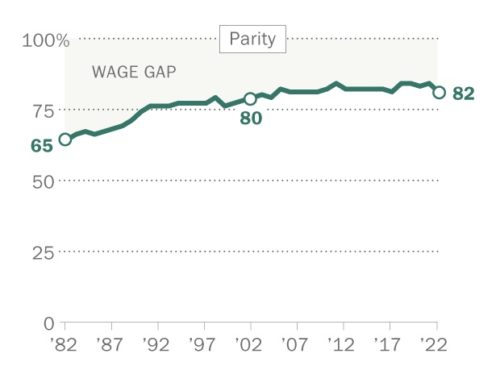“We are at a very high level. These levels in the previous episode led to problems and riots across the world.”
– Abdolreza Abbassian, senior food analyst, U.N. Food Organization
In December 2010, the United Nations released data that food prices were increasing sharply. The U.N. Food Price Index of 55 commodities is at the highest level in more than two years. From June to December 2010, the U.N. food price index rose 32 percent. Prices rose across the board: cooking oils, grains, sugar and meat.
Prices are approaching the crisis levels that provoked shortages and deadly riots three years ago in several countries, including Egypt, Haiti, Somalia and Cameroon.
Two factors have primarily contributed to higher prices:
Bad weather in producing countries has reduced supply below demand levels, pushing up prices.
Non-food use of grains such as soybeans, corn and wheat for ethanol production has reduced their availability in the food chain. Federal law requires more than 30 percent U.S. corn production must be used for ethanol.
The measurement of food price increase varies between poor and rich countries. For poor countries, the U.N. price index is a good indicator because the import price of a given commodity is directly reflected in its price to consumers.
In rich countries such as the United States, however, supermarket prices are a better measurement of change in food costs. Supermarket prices incorporate the charges of the multi-layered middlemen in our food-supply chain. Supermarket prices can be two to four times more expensive than import prices or prices received by our domestic farmers. Thus, American consumers feel the impact of a change in the price at the production level of a given commodity only indirectly. U.S. food inflation is expected to rise only 2 to 3 percent in 2011 — a tolerable increase.
Expressed as a percentage of income, inhabitants of poorer counties spend substantially more on food than those in wealthy countries. This significantly reduces household income available to spend for necessities such as medical treatment, education, housing and fuel. The higher allocation of household income for food in such countries as Malaysia (34 percent), Thailand (35 percent) and the Philippines (49 percent)exemplifies the spending pattern.
Americans, by contrast, spend 7 percent of their income on food eaten at home and 5.4 percent on food eaten outside their home, according to the Labor Department.
Although Abdolreza Abbassian, senior food analyst at the U.N. Food Organization, worries about high food prices, he feels that we might avert the 2008 crisis this year for two reasons:
In 2010, countries in central, western and southern Africa enjoyed generally good harvests. This eases their reliance on imports.
Grain prices remain significantly below the highs they hit in 2007 and 2008. For example, export prices for rice are 40 to 50 percent below those highs.
Until now, technological improvements have discredited earlier predictions about overpopulation. One of the most famous of these was Thomas Malthus’ dire forecast in 1798, when world population was one billion. In his “Essay on Population,” Malthus warned that population growth always exceeds the food supply. “Population, when unchecked, increases in a geometrical ratio. Subsistence increases only in an arithmetical ratio.”
Wars and famine were therefore necessary to decrease the world’s population, he said.
But food inflation, especially in poorer countries, has ominous implications both now and in the future. The U.N. estimates that the world’s population will reach 9 billion by 2050, an increase of 2.5 billion people. This increase in food demand could result in shortages and/or significantly higher commodity prices.
Hopefully, technological advances can continue to mitigate these problems. If we do not continue to enjoy scientific advances in food production, however, world food prices could surpass previous highs. And the food riots of 2008 will look extremely minor compared with what might follow.
Originally published in the Sarasota Herald-Tribune



